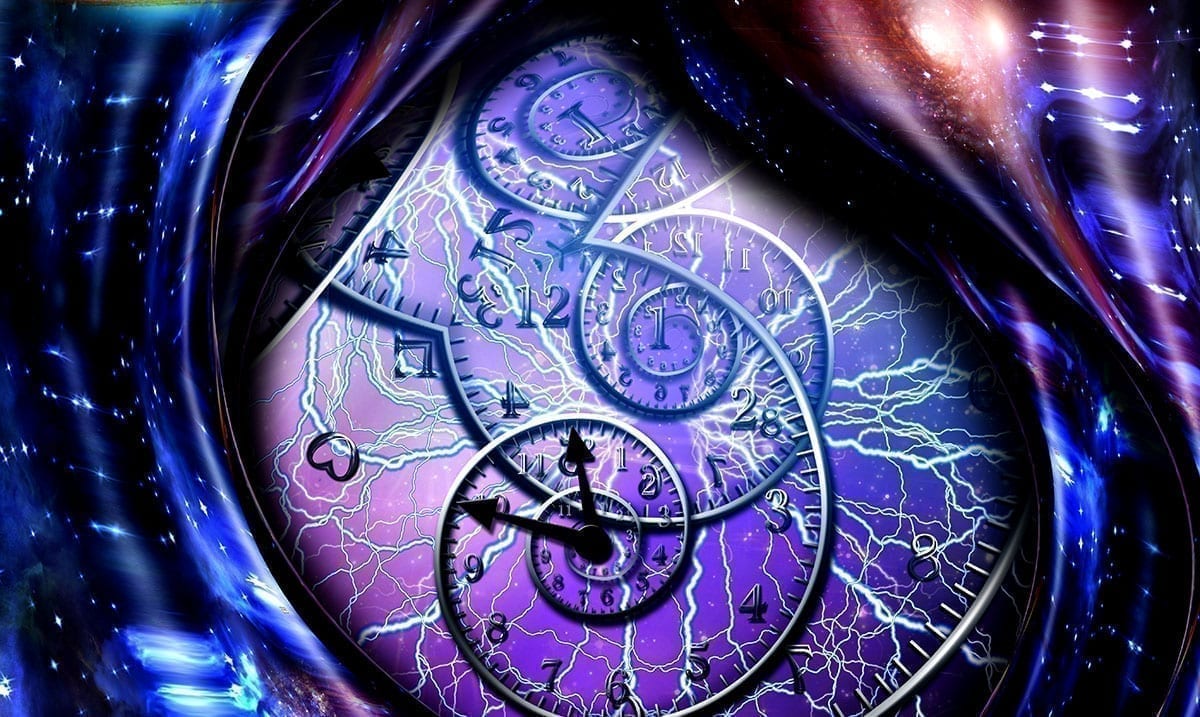Reversing time might be less impossible than previously thought. Sure, it’s only been done on a very small scale level but that in itself is a step towards something more.
Back in 2019 findings from an experiment were brought into the light and well, they really had many talking. Those findings were that basically using quantum computer time can be reversed on the smallest scale. These findings were brought out through a collaborative effort from researchers from the Moscow Institute of Physics and Technology as well as people from the US and Switzerland.
A study on the results this experiment garnered was published in the journal Scientific Reports under the title ‘Arrow of time and its reversal on the IBM quantum computer.’ I know, the concept of quantum computing overall is a bit hard to grasp but for those who do this kind of thing on the daily, reaching such lengths is astonishing and a very mind-blowing feat. From here who knows what we could accomplish someday in the future.
Phys.org wrote as follows on these findings:
“This is one in a series of papers on the possibility of violating the second law of thermodynamics. That law is closely related to the notion of the arrow of time that posits the one-way direction of time from the past to the future,” said the study’s lead author Gordey Lesovik, who heads the Laboratory of the Physics of Quantum Information Technology at MIPT.
“We began by describing a so-called local perpetual motion machine of the second kind. Then, in December, we published a paper that discusses the violation of the second law via a device called a Maxwell’s demon,” Lesovik said. “The most recent paper approaches the same problem from a third angle: We have artificially created a state that evolves in a direction opposite to that of the thermodynamic arrow of time.”
Most laws of physics make no distinction between the future and the past. For example, let an equation describe the collision and rebound of two identical billiard balls. If a close-up of that event is recorded with a camera and played in reverse, it can still be represented by the same equation. Moreover, it is not possible to distinguish from the recording if it has been doctored. Both versions look plausible. It would appear that the billiard balls defy the intuitive sense of time.
However, imagine recording a cue ball breaking the pyramid, the billiard balls scattering in all directions. In that case, it is easy to distinguish the real-life scenario from reverse playback. What makes the latter look so absurd is our intuitive understanding of the second law of thermodynamics—an isolated system either remains static or evolves toward a state of chaos rather than order.
Most other laws of physics do not prevent rolling billiard balls from assembling into a pyramid, infused tea from flowing back into the tea bag, or a volcano from “erupting” in reverse. But these phenomena are not observed, because they would require an isolated system to assume a more ordered state without any outside intervention, which runs contrary to the second law. The nature of that law has not been explained in full detail, but researchers have made great headway in understanding the basic principles behind it.
Quantum physicists from MIPT decided to check if time could spontaneously reverse itself at least for an individual particle and for a tiny fraction of a second. That is, instead of colliding billiard balls, they examined a solitary electron in empty interstellar space.
“Suppose the electron is localized when we begin observing it. This means that we’re pretty sure about its position in space. The laws of quantum mechanics prevent us from knowing it with absolute precision, but we can outline a small region where the electron is localized,” says study co-author Andrey Lebedev from MIPT and ETH Zurich.
The physicist explains that the evolution of the electron state is governed by Schrödinger’s equation. Although it makes no distinction between the future and the past, the region of space containing the electron will spread out very quickly. That is, the system tends to become more chaotic. The uncertainty of the electron’s position is growing. This is analogous to the increasing disorder in a large-scale system—such as a billiard table—due to the second law of thermodynamics.
“However, Schrödinger’s equation is reversible,” adds Valerii Vinokur, a co-author of the paper, from the Argonne National Laboratory, U.S. “Mathematically, it means that under a certain transformation called complex conjugation, the equation will describe a ‘smeared’ electron localizing back into a small region of space over the same time period.” Although this phenomenon is not observed in nature, it could theoretically happen due to a random fluctuation in the cosmic microwave background permeating the universe.
The team set out to calculate the probability to observe an electron “smeared out” over a fraction of a second spontaneously localizing into its recent past. It turned out that even across the entire lifetime of the universe—13.7 billion years—observing 10 billion freshly localized electrons every second, the reverse evolution of the particle’s state would only happen once. And even then, the electron would travel no more than a mere one ten-billionth of a second into the past.
Basically, through qubits and things of that sort on the smallest scale revering time was accomplished or at least what seems to be as such. Sure, there are errors and things of that sort but as technology advances who knows what we could accomplish. Quantum computing is something that is going to continue to grow and change as the years go by. To learn more on this topic take a look at the video below.

